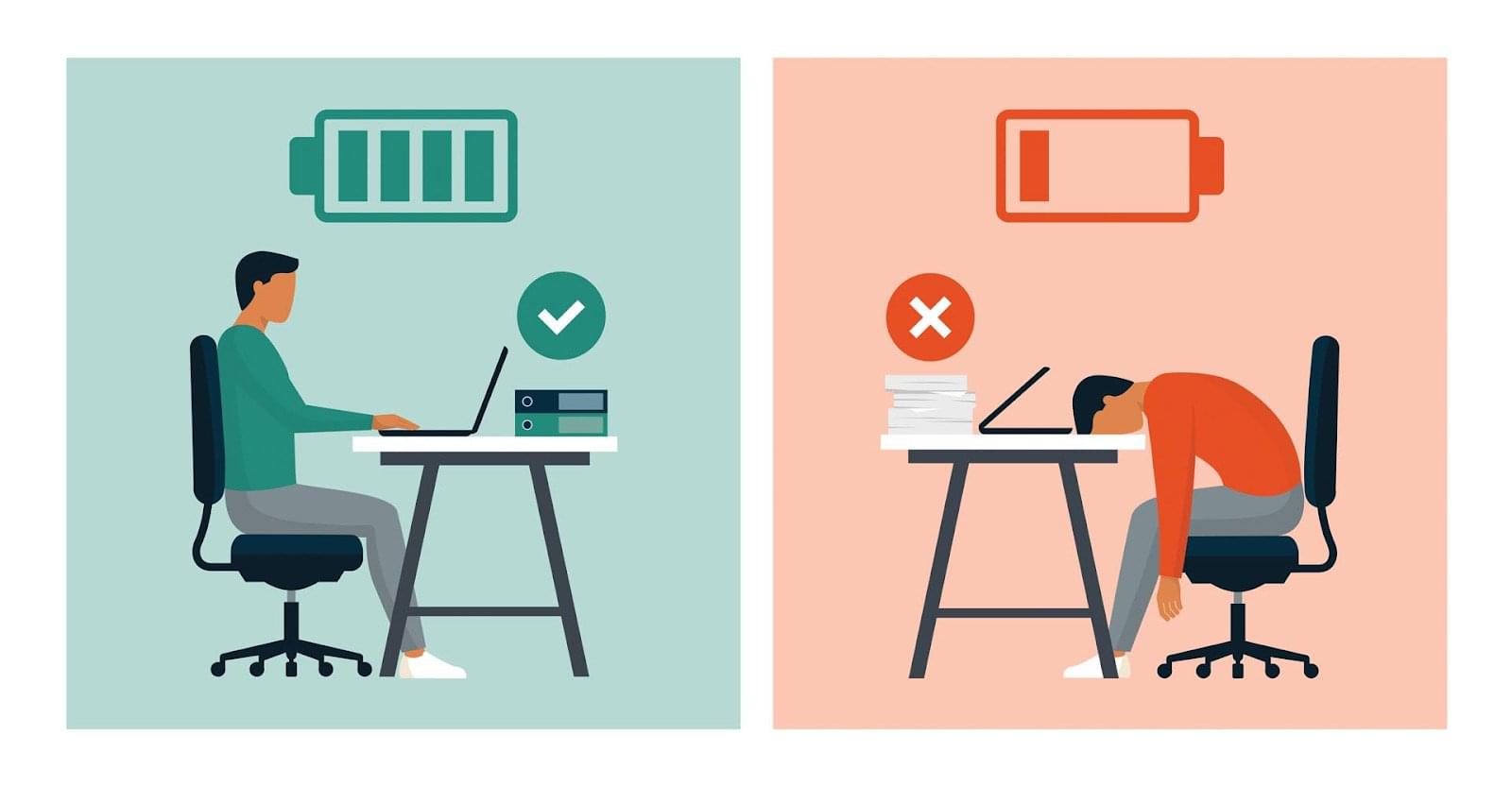Executive Burnout: Understanding, Symptoms, and Prevention

As an executive, you are responsible for leading your organization and making critical decisions that can impact its success.
However, the constant pressure and demands of the job can lead to burnout, affecting your performance, health, and overall well-being.
In this article, we will explore executive burnout, its symptoms, and prevention strategies.
What is Executive Burnout?
Executive burnout is a state of physical, emotional, and mental exhaustion caused by chronic stress, often resulting from work-related pressures and responsibilities. As an executive, you may experience burnout due to the following reasons:
- Long work hours and demanding schedules
- High levels of responsibility and accountability
- Heavy workload and tight deadlines
- Challenging work environment and organizational culture
- Lack of support and resources
The high demands placed on executives can lead to overwhelming stress and pressure, affecting their mental and physical health. Executive burnout can also affect their personal and professional relationships, decreasing job satisfaction and performance.
Symptoms of Executive Burnout
The symptoms of executive burnout can vary from person to person and can be difficult to recognize. However, here are some common signs that may indicate you are experiencing burnout:
Physical Symptoms
- Fatigue and low energy
- Insomnia or difficulty sleeping
- Headaches or migraines
- Gastrointestinal problems
- Loss of appetite or overeating
Emotional Symptoms
- Increased irritability or frustration
- Anxiety or depression
- Lack of motivation or enthusiasm
- Feeling overwhelmed or helpless
- Decreased job satisfaction
Behavioral Symptoms
- Increased use of drugs or alcohol
- Withdrawal from social activities
- Decreased productivity or efficiency
- Procrastination or avoidance of work-related tasks
- Difficulty concentrating or making decisions
If you are experiencing any of these symptoms, it is important to take them seriously and take steps to prevent or treat executive burnout.
Prevention Strategies
To prevent executive burnout, you must care for your physical, emotional, and mental health. Here are some strategies that can help:
Time Management
Effective time management can help you prioritize your tasks and responsibilities, ensuring you have enough time to complete them without feeling overwhelmed. Some tips for effective time management include:
- Prioritize your tasks and responsibilities
- Delegate tasks to others if possible
- Take breaks throughout the day
- Use time management tools such as calendars and to-do lists
Self-Care
Self-care is crucial for preventing executive burnout. Taking care of your physical and mental health can help you cope with stress and reduce the risk of burnout. Here are some self-care strategies that can help:
- Exercise regularly
- Get enough sleep
- Eat a healthy and balanced diet
- Practice relaxation techniques such as meditation or yoga
- Take time off from work when needed
Support System
Building a strong support system can help you cope with stress and prevent executive burnout. Here are some ways to build a support system:
- Build a network of colleagues, friends, and family who can provide emotional support
- Seek professional help if needed, such as therapy or counseling
- Participate in team-building and networking events
- Develop a positive work culture that promotes open communication and support
By implementing these prevention strategies, you can reduce the risk of executive burnout and maintain a healthy work-life balance.
Conclusion
Executive burnout is a serious issue that can affect your performance, health, and overall well-being. By recognizing the symptoms and taking preventive measures, you can avoid burnout and maintain a healthy work-life balance.
Remember to prioritize your physical, emotional, and mental health and seek support when needed.
FAQs
What are the causes of executive burnout?
- Executive burnout is often caused by chronic stress and pressure related to work-related responsibilities, long work hours, heavy workloads, tight deadlines, and challenging work environments. Lack of support and resources can also contribute to executive burnout.
How can I recognize if I am experiencing executive burnout?
- The symptoms of executive burnout can vary from person to person. Still, common signs include physical symptoms such as fatigue and insomnia, emotional symptoms such as anxiety and depression, and behavioral symptoms such as decreased productivity and increased use of drugs or alcohol.
What are some prevention strategies for executive burnout?
- Prevention strategies for executive burnout include effective time management, self-care strategies such as exercise and relaxation techniques, building a support system of colleagues, friends, and family, and seeking professional help.
How can I maintain a healthy work-life balance as an executive?
- Maintaining a healthy work-life balance as an executive involves prioritizing your physical, emotional, and mental health, setting realistic goals and expectations, delegating tasks to others, taking breaks throughout the day, and developing a positive work culture that promotes open communication and support.
Can executive burnout be treated?
- Yes, executive burnout can be treated through a combination of self-care strategies, professional help such as therapy or counseling, and changing the work environment or responsibilities to reduce stress and pressure.